I like small utilitarian cheap cars. I own a Hyundai Accent 2011, my wife has a Kia Soul 2016, and previously I drove a Mitsubishi Mirage 1995, so I walk the talk. SUCC (small utilitarian cheap cars) are honest and are here to do one job and one job only—transportation in the cheapest way possible. They are not here to entertain, show off, or bring status to your mundane tasks. While all SUCCs might conceptually feel the same, different manufacturers prioritize different things. For example, Toyota prioritizes reliability, Mazda ride quality, Kia features, and GM… price. Don’t get me wrong; if you buy a Mazda 2, it won’t ride like a Mazda MX-5. Similarly, if you buy a Toyota Yaris, it won’t have the same reliability as a Lexus, but priorities are real within budget constraints.

Recently, I came back from France, where I got to drive a Dacia Sandero Stepway 2025 (rental car), and what an experience that was. If I had to describe it in one sentence, it would be: I hit rock bottom… and then discovered there was a basement. I could not believe that such an unrefined car could be manufactured in 2025. As far as I can tell, the Sandero costs on average $22k Canadian dollars, so comparing it to a Kia Soul 2016 is fair game. Now, in all fairness, there is no Dacia in Canada or the USA, so my guess is the Sandero targets a specific market, and therefore the manufacturer’s priorities might be fairly specific—or at least that’s what I convinced myself of. I wish I could say the Sandero was barebones and horrible, but it isn’t, and that’s what piqued my curiosity.
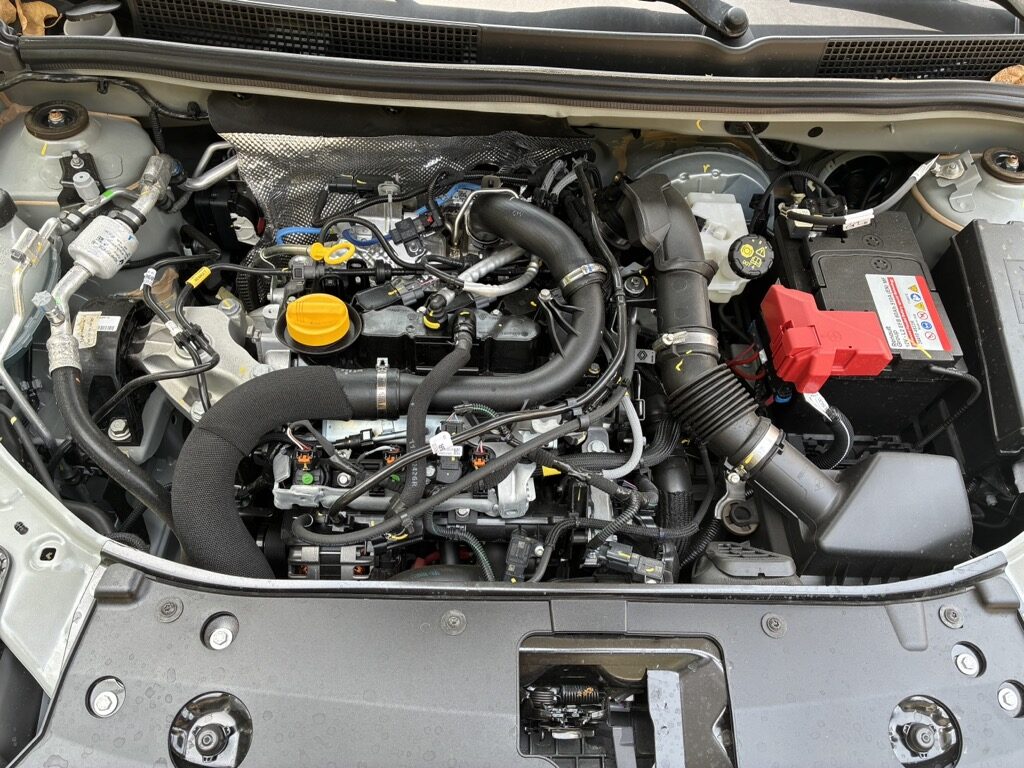
Ok, let me get the obvious out of the way: I don’t know how reliable or lasting Sanderos are since I got a new one with only 2500 kilometers on the odometer, and it didn’t give me any trouble at all. However, what I could see is that the Sandero clearly prioritizes cutting costs wherever possible and adding only what’s necessary. In practice, that translates to exposed metal panels that in any other car would be covered by plastic, no doubt saving a cent here and there. The same philosophy was applied in the passenger area—cheap, minimal plastic. Even the floor mats seemed to be made exactly to size and then slightly reduced to save a cent or two. That kind of dedication reminds me of Mazda’s “Gram Strategy”—but in a bad doppelgänger sort of way. The transmission deserves a mention: while performing flawlessly, it somehow never seems quite happy to go into any gear at any speed or RPM. It just has a slight “la resistance” feel to it. The engine, on the other hand, seems pretty happy and jumpy—you never quite know when it will kick in boost and suddenly accelerate. It’s a bit wild and fun, unless you’re on tight French streets trying to slip by busy traffic when a sudden power surge requires immediate correction. The amusement doesn’t last long as the implications sink in. Initially, I thought it was because of the small engine and turbo lag, but 10 years ago, I drove a Smart ForFour with a similar engine configuration, and I don’t recall any sudden accelerations. Last but not least are the all-seeing eyes of its sensor arrays, coupled with endless warnings and trajectory corrections. Don’t get me wrong, cameras and sensors are awesome when fitting into a tight parking spot in an old French city, but they become incredibly worrisome when they correct your trajectory toward a biker splitting lanes right next to you. I guess the computer is more worried about self-preservation than the human passing you on your left. Similarly, the computer constantly analyzes driver behavior and keeps informing you that you’re tired and need rest, even after good sleep, breakfast, and coffee. I ended up constantly disabling lane correction (due to safety concerns), but unfortunately, there is no way to permanently turn it off—it resets every engine start.
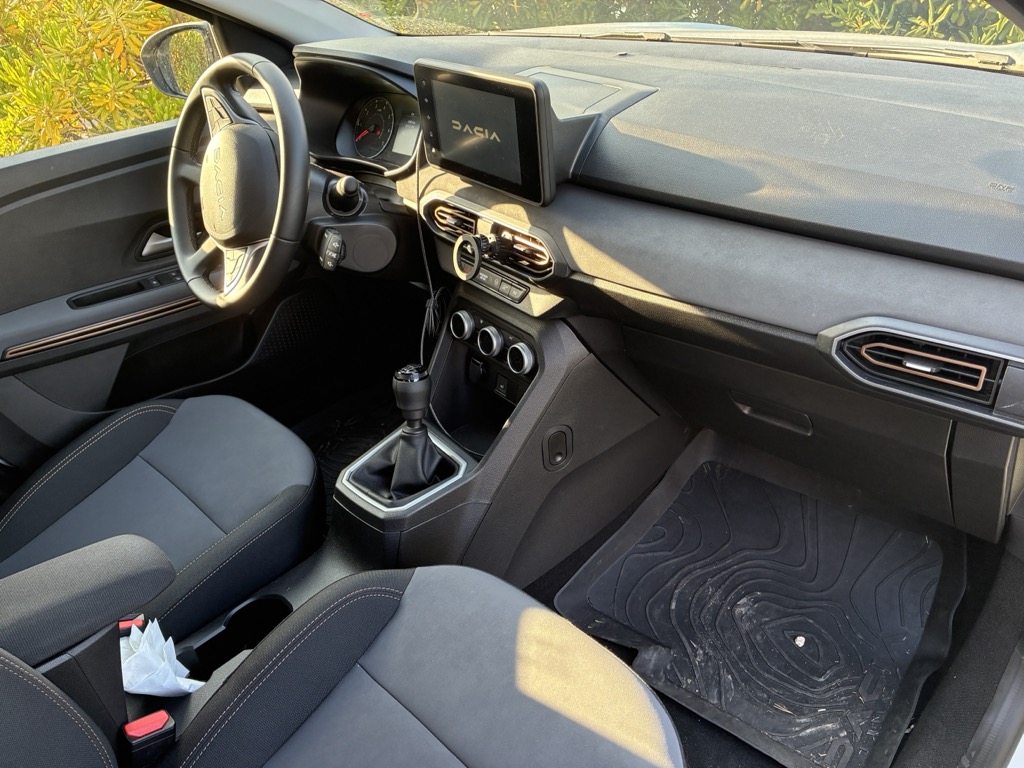
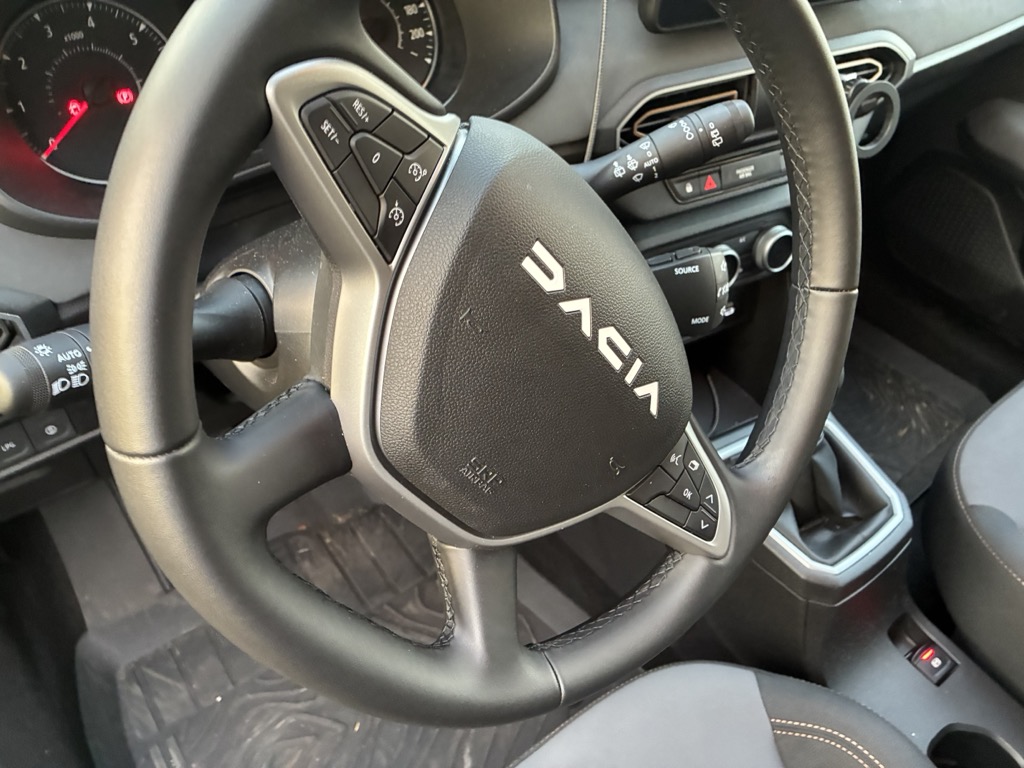
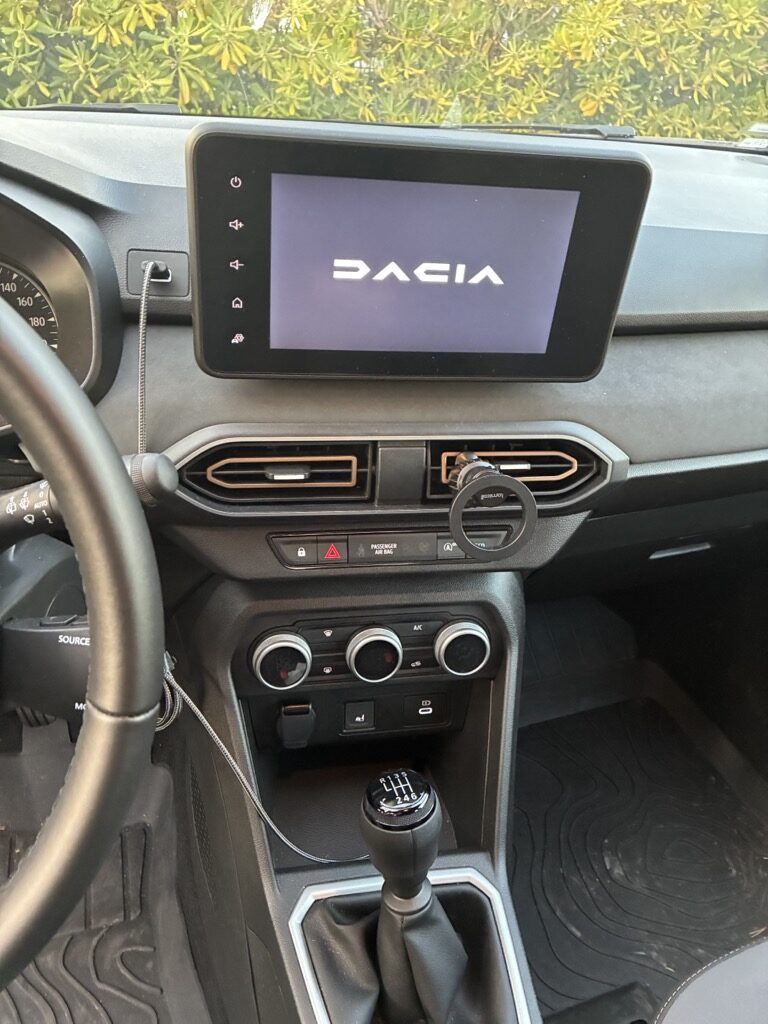


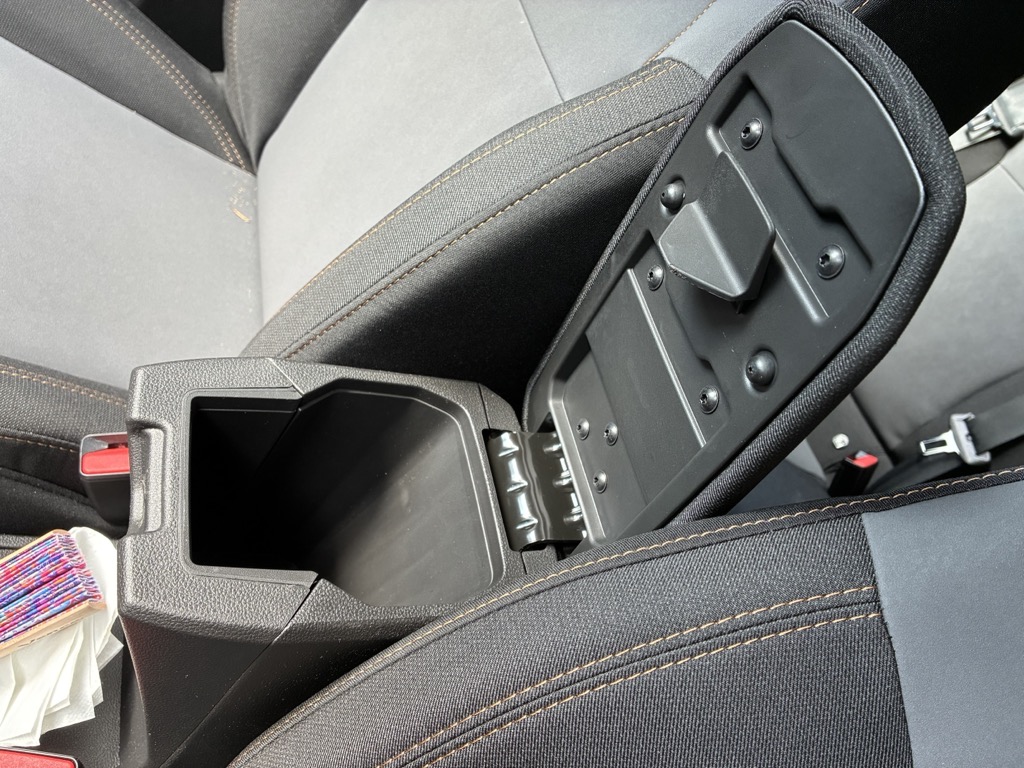
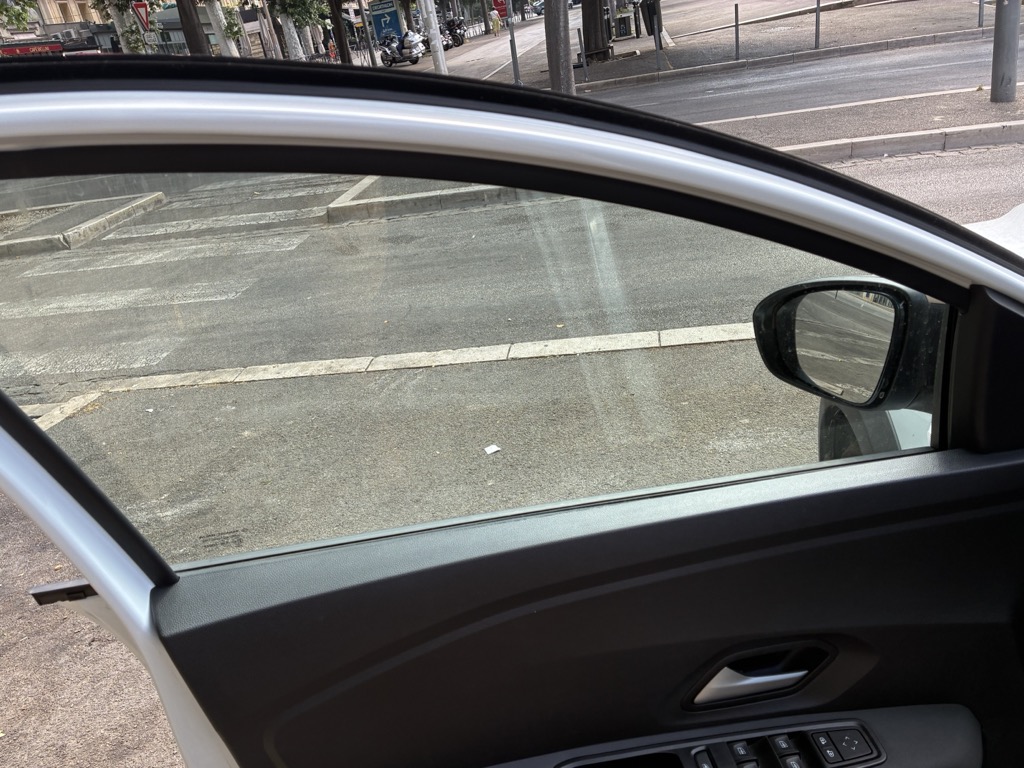

I drove my wife’s Kia Soul 2016 to and from the airport before and after driving the Dacia Sandero for a couple of weeks, and the driving experience difference is stark. The Soul might lack a few features and could use more refinement but is still miles ahead by comparison. Power delivery is linear and predictable, gear shifts are smooth without resistance, the interior feels better and softer, fitment is superior, there are no rough spots, and, importantly, no computer constantly tries to “correct” your line and sideswipe passing motorcyclists. The Sandero is an interesting car. On one hand, it has everything—even LPG to save money on gasoline, which is undoubtedly appreciated in Europe. On the other hand, it provides nothing beyond what’s strictly necessary. So you end up with a car that is comfortable enough, pulls just enough, is computerized just enough, and is essential enough—but lacks refinement. I think that’s enough.





